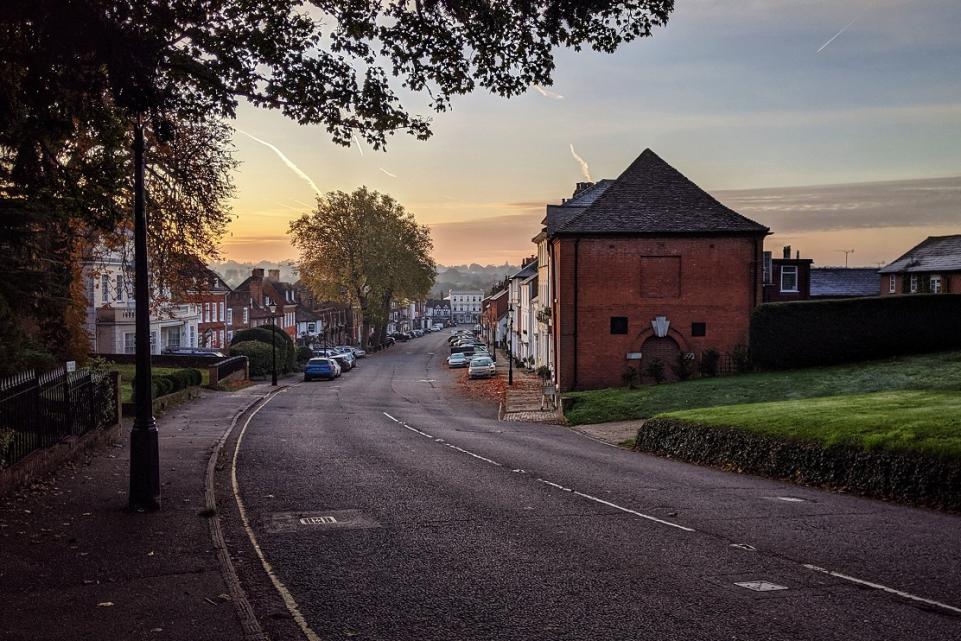Resetting the relationship between local and national government. Read our Local Government White Paper
As we move towards recovery, we need to ‘re-think local’.
The COVID-19 pandemic has had implications for how councils manage their usual ways of working. Under challenging circumstances, planning departments have shown their agility and adaptability, continuing to consider planning applications and engage with their communities. As we move towards recovery, we need to ‘re-think local’. This means supporting local councils and communities to make locally-led planning decisions for their current and future residents.
Through a proactive response in the wake of the pandemic, government can be instrumental in delivering to councils the tools and powers required to deliver the safe, high quality homes and infrastructure their communities need. This means working together to deliver the government’s ambition of building better and building beautiful. But this can be only realised if local communities are able to shape this through the planning system.
Residents' trust in councils is at an all-time high
In recent months, local councils and communities have come together to support each other in unprecedented ways. Their collective response to COVID-19 has demonstrated the inherent value of local decision making with a recent Local Government Association poll showing that residents’ trust in councils is at an all-time high. This reinforces how vital it is that councils and their communities have a say over the way places develop as part of the recovery.
The pandemic has also highlighted the health inequalities due to insufficient access to green space and poorly designed homes and places. A key part of the recovery is therefore delivery of quality homes and the supporting infrastructure to create sustainable, resilient places. In direct contrast, a radical overhaul of the planning system will not support the Government’s ambitions to build 300,000 homes a year, or the much needed 100,000 social homes a year
With nine in 10 planning applications approved by councils, and more than a million homes given planning permission in the last decade not yet built, planning is not the problem.
Planning departments are, however, increasingly under resourced, undermining their ability to cover the costs of running a planning department by the national fees set by the Government. Between 2010-11 and 2017-18 there was a 37.9 per cent fall in net current expenditure on planning functions and planning departments. This significantly reduces their capacity to ensure the delivery of new housing through the planning process and enable the new supply of housing and appropriate infrastructure.
Communities understand their needs better than ever, and have clear, strong ambitions for their local recovery, development and long-term prosperity. This requires stability and certainty in planning underpinned by the appropriate resourcing and funding to invest in local places.
Featured pages

Keep planning local
Beautiful areas and better homes can only be achieved through a local planning system with public participation at its heart.
Delivery of council housing: a stimulus package post-pandemic
The COVID-19 pandemic will inevitably have a significant impact on the delivery of new homes across England. Whilst many construction sites across the country have now reopened, many remain closed or are operating at reduced capacity and this includes housing associations and councils.

Re-thinking local: funding services and investing in communities
We cannot address entrenched inequality and social issues with more of the same.


